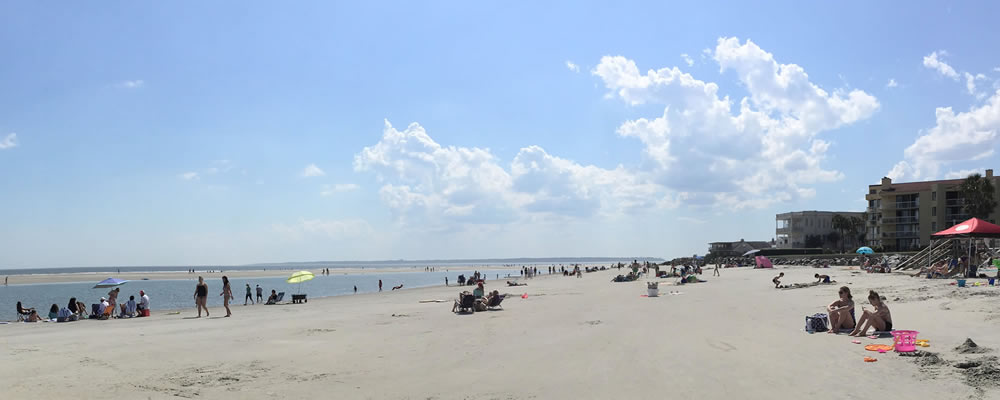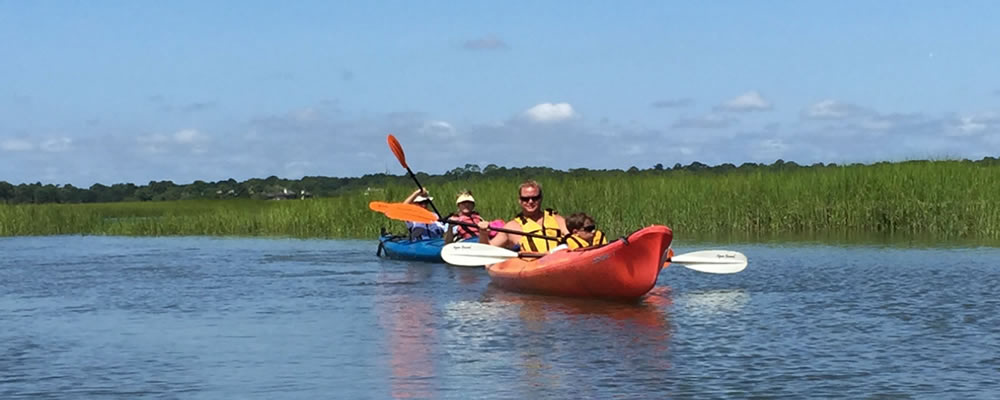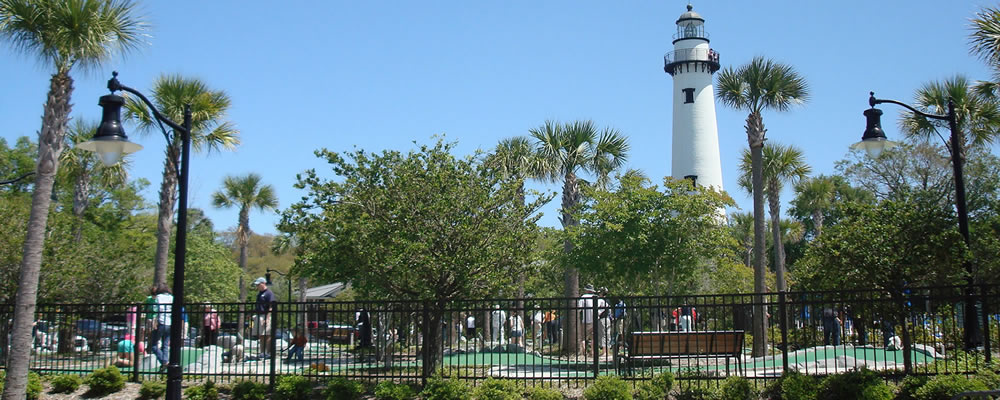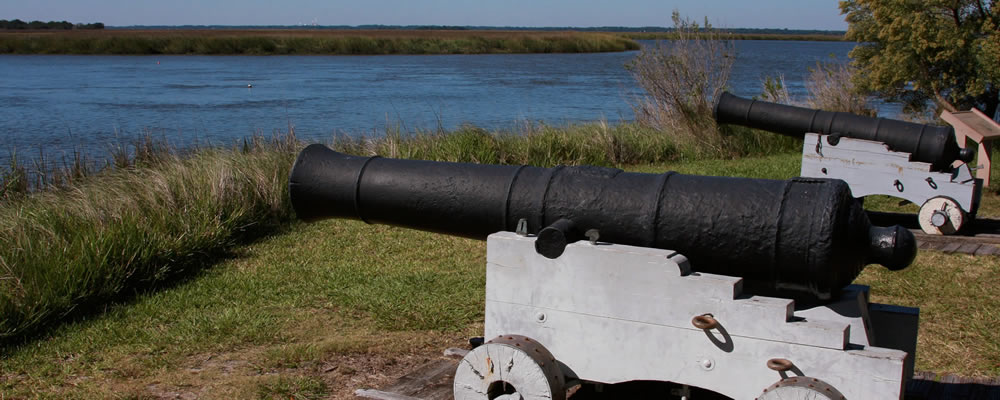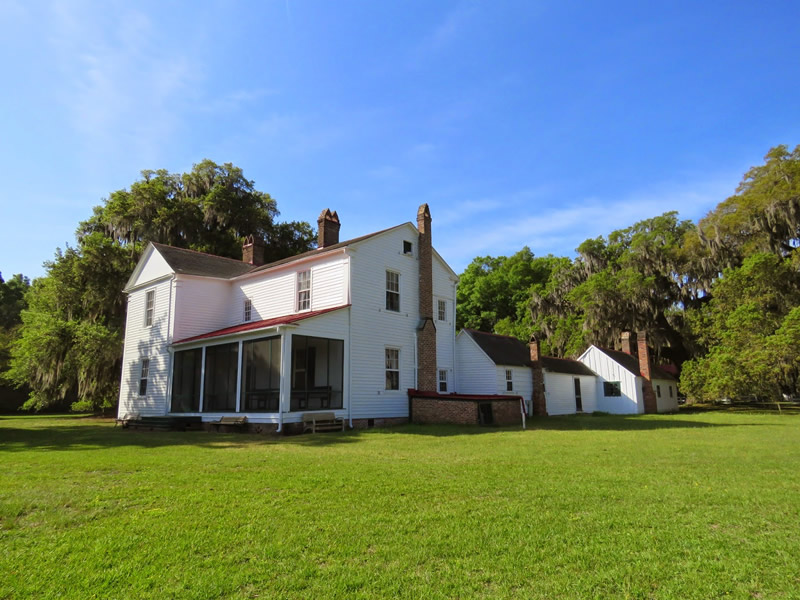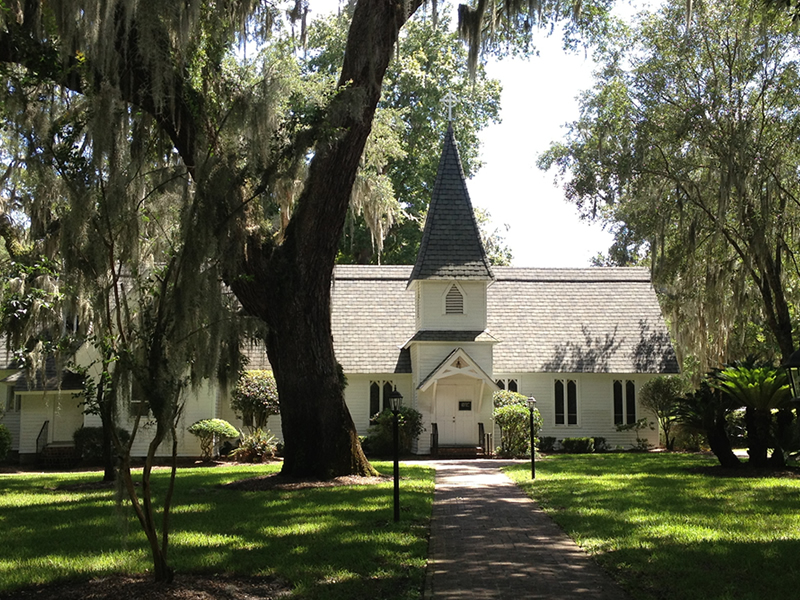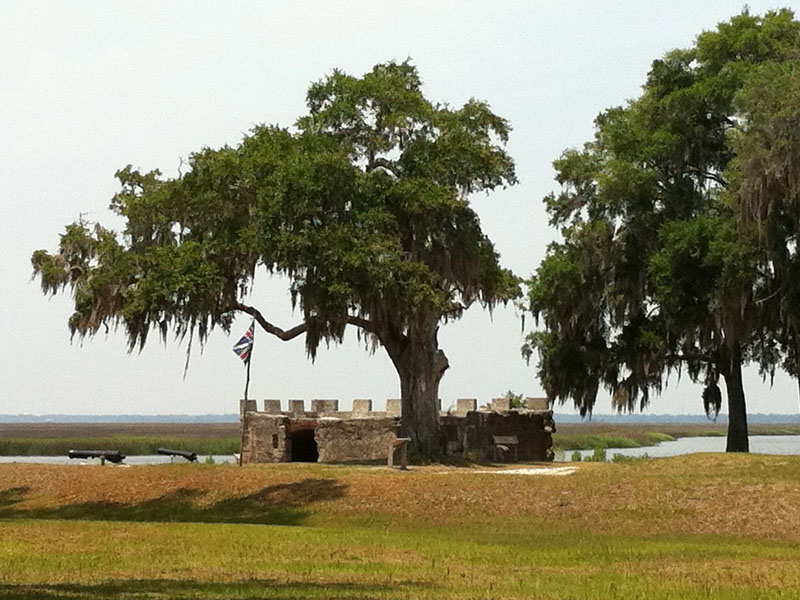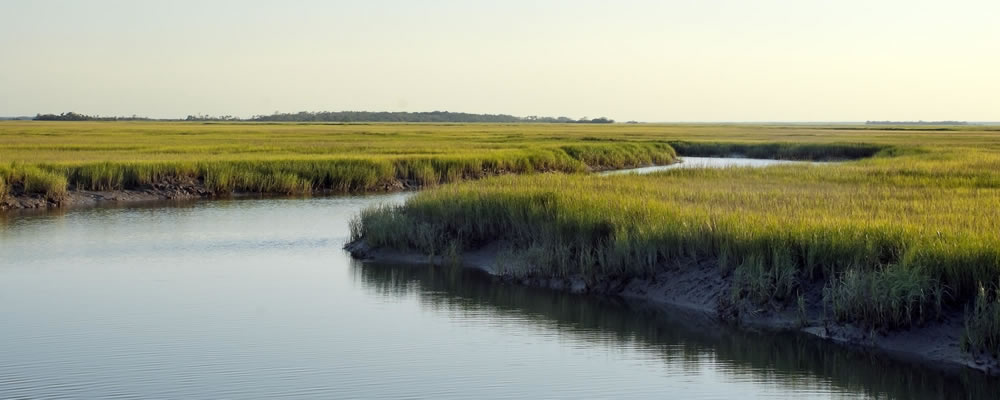St. Simons is Steeped in History
St. Simons Island has a rich
history that dates back thousands of years, starting with its indigenous inhabitants and continuing through European exploration, colonization, and the growth of the United States. St. Simons Island,
Brunswick, Georgia and the
Golden Isles are located in the center of an area rich in natural beauty and history.
Historic sites, monuments and artificats dating back hundreds of years are well preserved and easily accesible to visitors today, with a legendary story to be explored around every turn.
Fort Frederica National Monument
Established in 1936 to preserve and interpret the history of the site. Visitors to the national monument can explore the remains of the fort, including its defensive walls, barracks, and other structures. The visitor center offers exhibits, audio-visual presentations, and guided tours that provide insights into the history and significance of Fort Frederica. The site also features a nature trail that winds through the surrounding marshes and maritime forest, allowing visitors to appreciate the natural beauty of the area. The monument is managed by the National Park Service and serves as an important educational resource for understanding the colonial history of Georgia and the role of Fort Frederica in shaping the region.
Fort Frederica National Monument is a popular destination for history enthusiasts, offering a chance to step back in time and learn about the colonial era in coastal Georgia. Built in the 1700s and 1800s, these island treasures provide an historical perspective of colonial and Civil War era Georgia. Take a
trolley tour to learn more about the area's unique
history and its American legacy.
Check out our interactive online
map of St Simons Island historical sites with information on local St. Simons Island
historic sites and monuments, including the infamous
St. Simons Island Lighthouse and Museum,
Avenue of Oaks,
Bloody Marsh Battle Site,
Christ Church Frederica, the
World War II Home Front Museum at the Historic Coast Guard Station on East Beach,
First African Baptist Church,
A.W. Jones Heritage Center,
Hamilton Plantation Tabby Slave Cabins, and
Gascoigne Bluff. All recommended sites during your visit to the island.
Bloody Marsh Battle Site
Located off Demere Road, the battle fought here on July 7, 1742, when Spanish troops landed on the south end of St. Simons Island, proved to be the turning point in the Spanish conquest of Georgia. The marsh ran red with Spanish blood and the battle was a decisive British victory which ended forever the threat of Spanish invasion into this important colony.
Gascoigne Bluff
Overlooking the Frederica River, this former Native American campground became Georgia's first naval base during Colonial times. Named for Gascoigne, who first surveyed the Georgia coast for England. Live oak timbers milled here in 1794 were used in building "Old Ironsides," the USS Constitution, in 1874, and timbers were also cut here for the Brooklyn Bridge.
